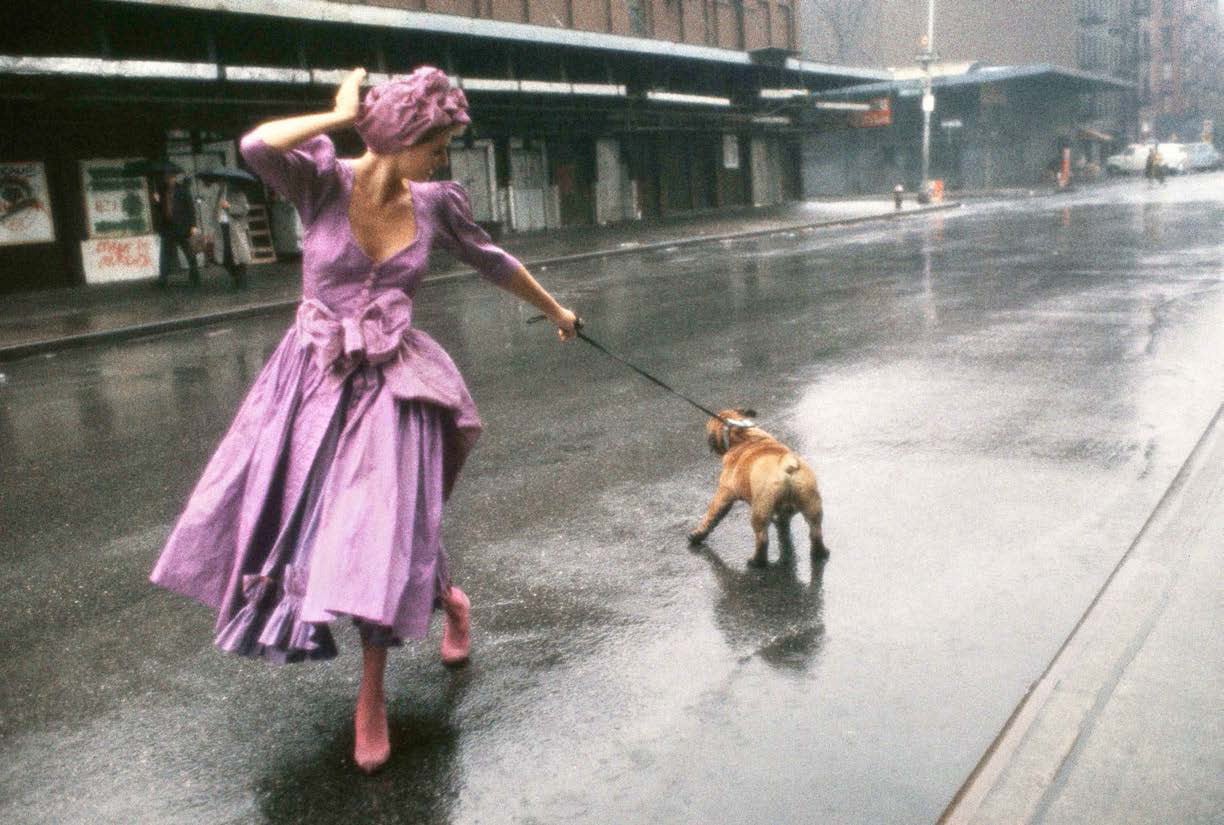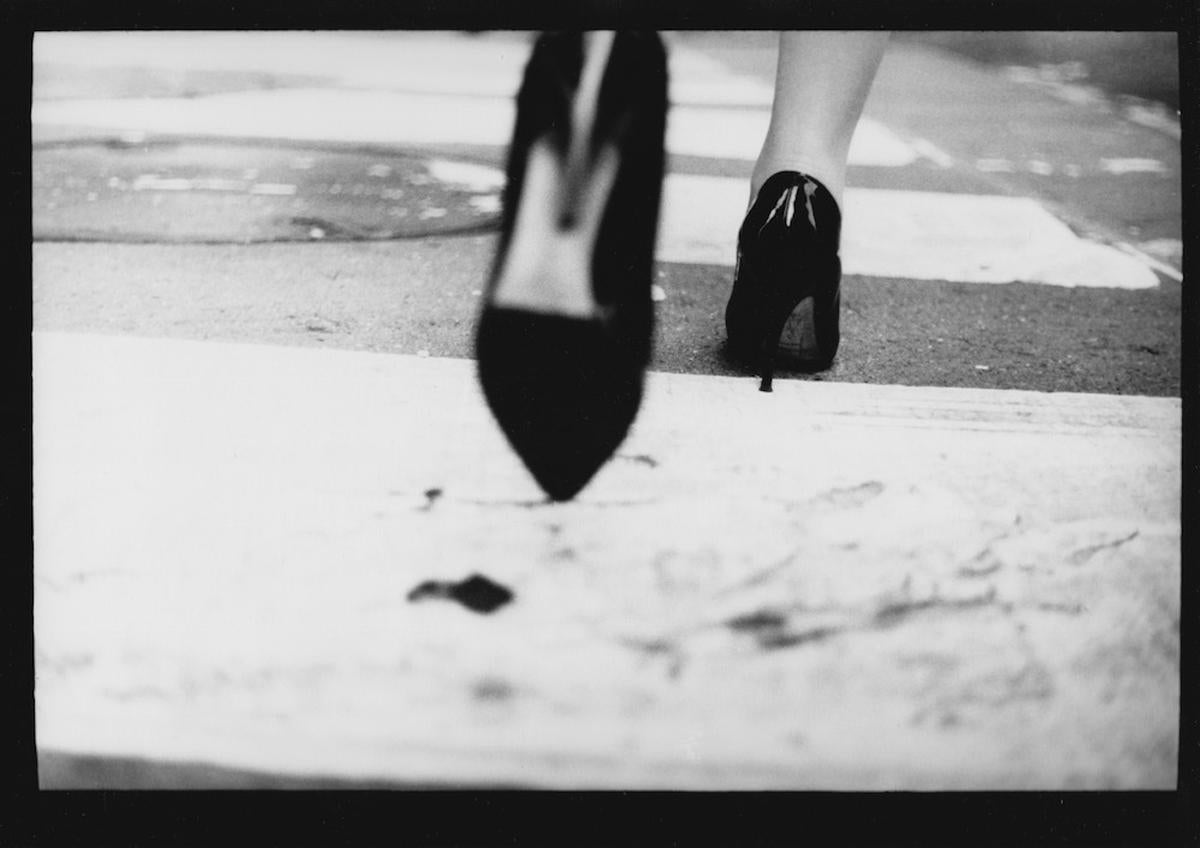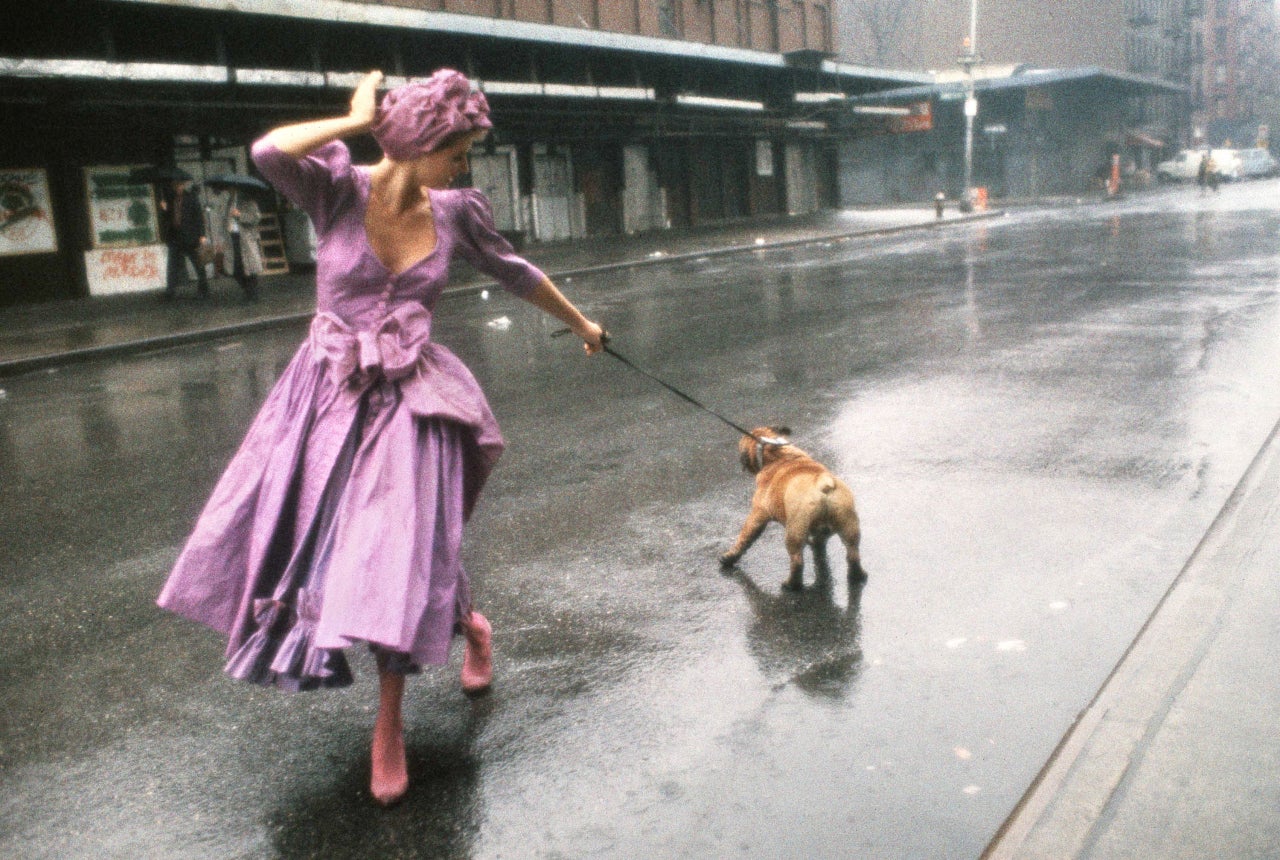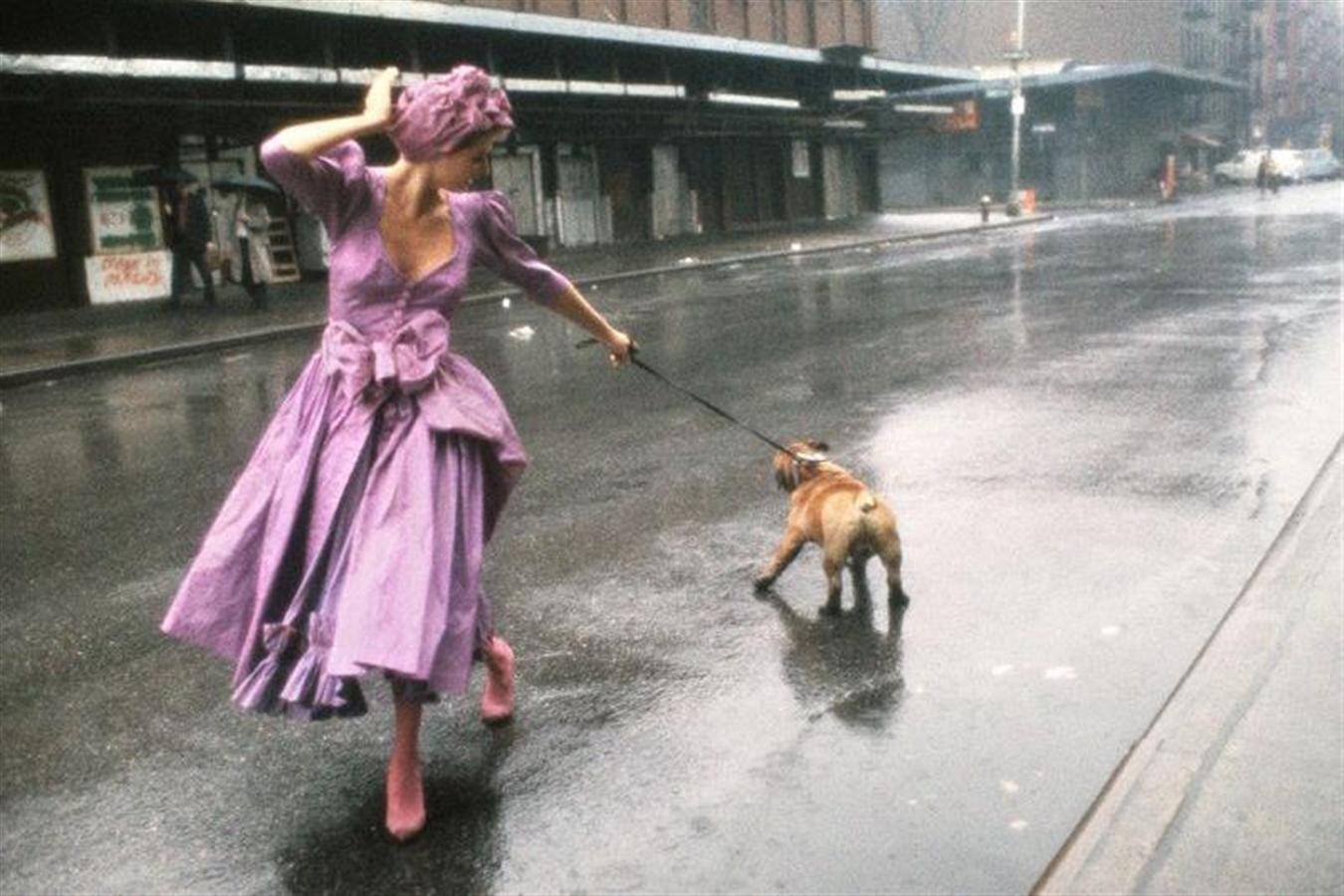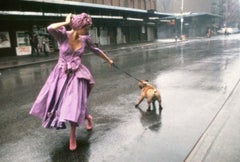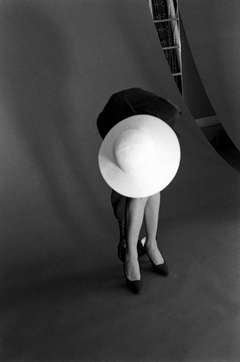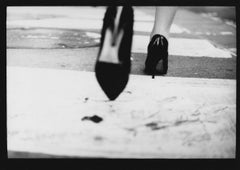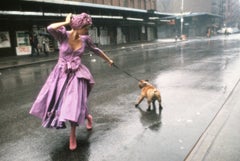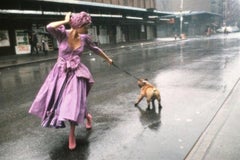Robert FarberRobert Farber, Red Shoes and a Bulldog1991
1991
About the Item
- Creator:Robert Farber (1944, American)
- Creation Year:1991
- Dimensions:Height: 30 in (76.2 cm)Width: 40 in (101.6 cm)
- More Editions & Sizes:40 x 60 inchesPrice: $12,000
- Medium:
- Movement & Style:
- Period:
- Condition:
- Gallery Location:New York, NY
- Reference Number:1stDibs: LU3265168491
Robert Farber
Over the course of his career, photographer Robert Farber has influenced countless photo artists. Owing to what were initially mistakes he made that yielded a soft-focus look and grainy textures in his images, Farber developed a painterly style of photography that draws on Impressionist and Surrealist art and sees him positioning subjects in warm, naturally lit interiors and amid unlikely landscapes.
Farber was born in Newark, New Jersey. From an early age, he explored his interest in art, encouraged by his mother who allowed him to turn their basement into an art studio. There he practiced drawing, as well as painting with watercolors and oil paints.
Farber studied marketing and business at the University of Miami, but always wanted to work in the arts. In 1970, he moved to New York City and began his journey into photography.
Farber brought his work to outdoor art festivals all over the city. At one of these festivals, an advertising executive saw one of his works and asked him to photograph for a Cotton Inc. advertisement. This led to more jobs, working for other big-name clients — such as Macy's, 20th Century Fox and Revlon, and major publications like Esquire and Playboy.
Farber has garnered lots of recognition throughout his career, including “Photographer of the Year” from the Photographic Manufacturers Association and an ASP International Award from the American Society of Photographers.
Farber annually contributes exclusive prints of his "Women as Art" series to the Breast Cancer Research Foundation (BCRF) in support of Breast Cancer Awareness Month. His “Deterioration Series” continues to be exhibited around the world, including at galleries in Paris, Brussels and Florence.
Find authentic Robert Farber portrait photography, figurative photography and abstract photography on 1stDibs.
- ShippingRetrieving quote...Shipping from: New York, NY
- Return Policy
More From This Seller
View All1990s Modern Figurative Photography
Archival Pigment
1990s Modern Figurative Photography
Archival Pigment
1990s Modern Figurative Photography
Archival Pigment
1960s Modern Black and White Photography
Silver Gelatin
1950s Modern Black and White Photography
Silver Gelatin
1950s Modern Black and White Photography
Silver Gelatin
You May Also Like
21st Century and Contemporary Modern Black and White Photography
Silver Gelatin, Photographic Paper
1990s Contemporary Photography
Pigment
1990s Color Photography
Archival Pigment
21st Century and Contemporary Contemporary Figurative Photography
Archival Pigment
21st Century and Contemporary Modern Black and White Photography
Photographic Paper, Silver Gelatin
20th Century American Realist Figurative Photography
Archival Pigment
